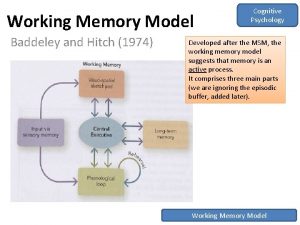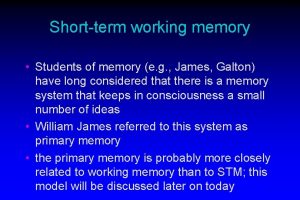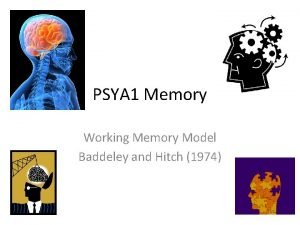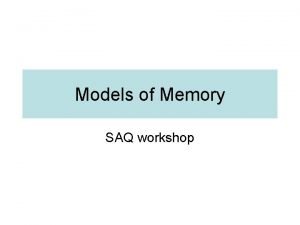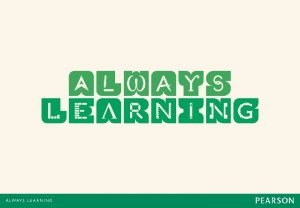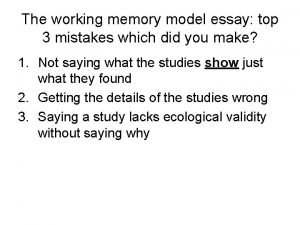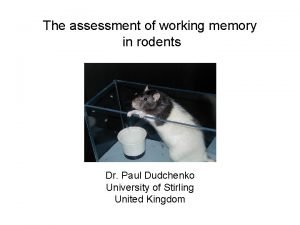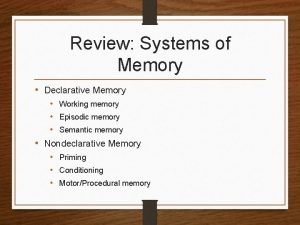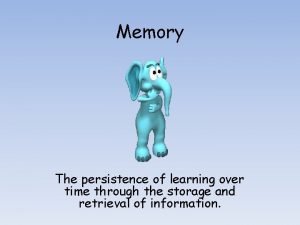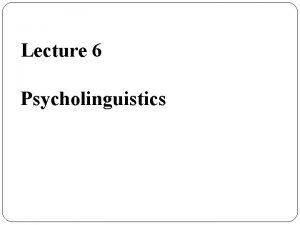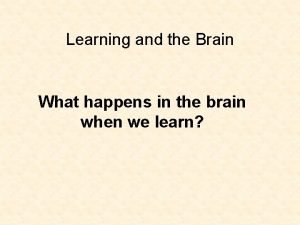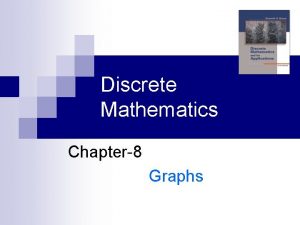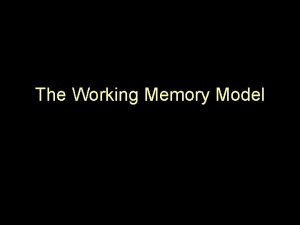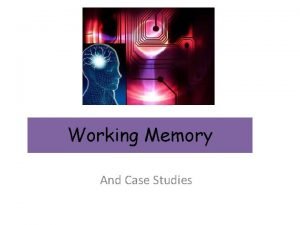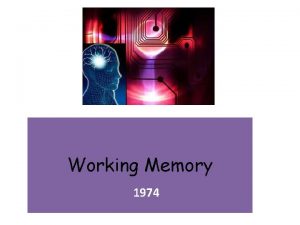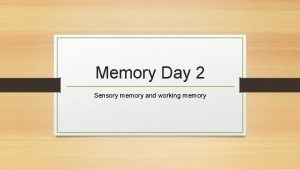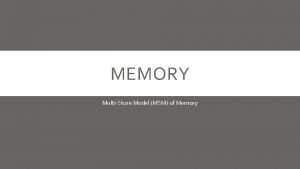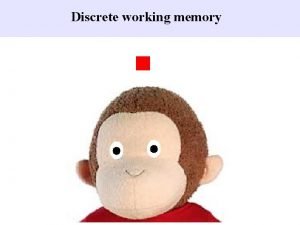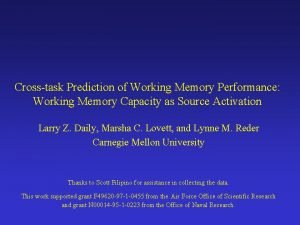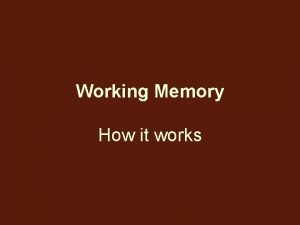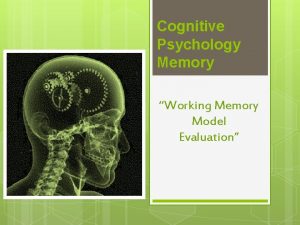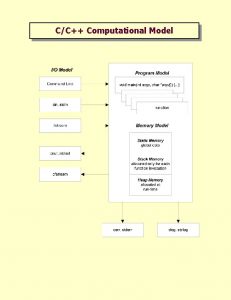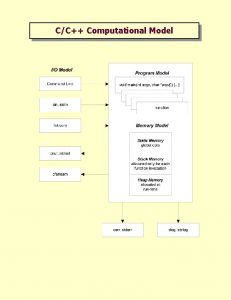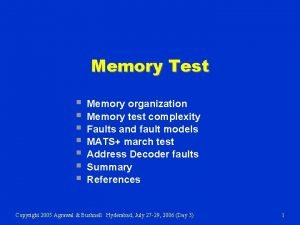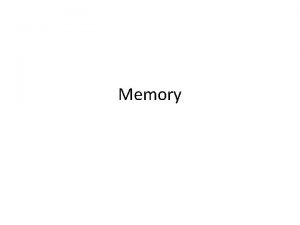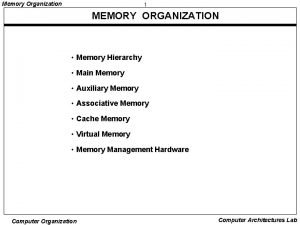The Working Memory Model The Working Memory Model























- Slides: 23

The Working Memory Model

The Working Memory Model • This model is an alternative to the MSM – as you study it, focus on: • How is it an improvement on the MSM, • What are its weaknesses compared to the MSM.

The Working Memory Model Baddeley & Hitch 1974 Ø They felt that STM is not just one store but a number of different stores. Why? Ø 1 store for visual processing, 1 store for processing sounds.

The Working Memory Model Question What would you say about the CAPACITY of The Working Memory Model?

The Working Memory Model Question Why was the CAPACITY question not a good one? How would you improve it?

EPISODIC BUFFER later added by Baddeley as a general store which Encompassed information from the VS, PS and LTM

Baddeley & Hitch 1974 Central Executive Ø Acts like attention and draws on the phonological loop or the visual spatial sketchpad. Ø Has a very limited capacity. Ø Cant attend to too many things at a time.

Baddeley & Hitch 1974 Central Executive Ø Raise your hand. Ø What has that got to do with the central executive?

Baddeley & Hitch 1974 Phonological Loop Ø Has a limited capacity. Ø Deals with auditory information. Ø Preserves the order of information. Ø Called a loop because information goes round and round in a loop.

Baddeley & Hitch 1974 Phonological Loop Ø Think of TWO ways you can use your phonological loop.

Baddeley & Hitch 1974 Ø Baddeley further subdivided this loop into the: Phonological store & an Articulatory process Ø Phonological store holds the words you hear. It is like an inner ear. Ø Articulatory process used for words that are seen or about to be said. These words are silently repeated (looped). It is like an inner voice.

Baddeley & Hitch 1974 Phonological loop used when learning new words. Phonological store holds auditory data.

Baddeley & Hitch 1974 Visuo-spatial sketchpad Ø Visual & spatial info is temporarily stored here. Ø Visual information is what things look like. Ø Spatial information is the relationship between things. Ø Visuo-spatial sketchpad is used when you have to plan a spatial task, or if you are engaged in a visual task.

Baddeley & Hitch 1974 Visuo-spatial sketchpad Ø How does your visuo-spatial sketch-pad help you around your house in the dark?

Criticisms ü Positives ü The model explains many observations, e. g. it is easier to do 2 tasks that are different than 2 tasks that are similar. ü The model explains the word-length effect.

Criticisms X Negatives X What is the central executive? The model says very little about it. X It is too vague and doesn’t really explain anything. X Psychologists feel that a single executive is wrong and that there are probably several components.

Research to support the working memory model • • Doing 2 tasks using the same or different components. Hitch & Baddeley (1976) gave participants 2 tasks to do simultaneously. Task 1 occupied the central executive. Task 2 involved the articulatory loop. Task 1 was slower when participants were given task 2 involving both the central executive and the articulatory loop. This shows that doing 2 tasks that involve the same component causes difficulty. It also suggests that when different components are used, performance is not affected.

Research to support the working memory model • • The phonological loop and articulatory process. The word-length effect has been used to support this model. It describes the fact that people cope better with short words in working memory (STM) than long words. The phonological loop holds the amount of information you can say in 2 seconds. (Baddeley 1975) This makes it hard to remember a list of long words compred to a list of short words. The longer words can’t be rehearsed on the phonolgical loop because they don’t fit.

Research to support the working memory model • However, the word-length effect disappears if a person is given an articulatory suppression task. • The repetative task ties up the articulatory process and means you can’t rehearse the shorter more quickly than the longer ones, so the word-length effect disappears. • This is evidence of the articulatory process.

Research to support the working memory model • • The visuo-spatial sketchpad Baddeley et al (1975) demonstarted the existence of the visuo -spatial sketchpad. Participants were given a visual tracking task. At the same time they were given 1 or 2 other tasks. Task 1 was difficult but not task 2, presumably because the second task involved 2 different components. It also shows that doing 2 tasks involving the same systems caused problems, and doing 2 tasks involving different systems did not cause problems.

Research to support the working memory model Brain-damaged patients • Studies of individuals with brain damage help to support this model. • One individual had good learning abilities with the exception of being unable to learn words in pairs that were presented out loud. • This suggests damage to the phonological loop (Trojano & Grossi, 1995)

Research to support the working memory model • Brain-damaged patients • Another patient, LH, who had been involved in a road car accident performed better on spatial tasks than those involving visual imagery (Farah et al, 1998) • This supports the view that there are separate visual and spatial systems.

Essay Tips • The essay will ask you to discuss “alternatives to the MSM” so always focus on the strengths and weaknesses of this model in comparison to the MSM. • Don’t forget the importance of supporting research
 Which memory is the actual working memory?
Which memory is the actual working memory? Baddeley et hitch
Baddeley et hitch Slave systems working memory model
Slave systems working memory model Working memory model
Working memory model Saq1
Saq1 Working hard vs working smart
Working hard vs working smart Hot working vs cold working
Hot working vs cold working Hot working and cold working difference
Hot working and cold working difference Differentiate between hot working and cold working
Differentiate between hot working and cold working Pengerjaan panas dan dingin
Pengerjaan panas dan dingin Automated working memory assessment
Automated working memory assessment Working memory essay
Working memory essay Working memory
Working memory Working memory
Working memory Persistence of learning over time
Persistence of learning over time Drc model of reading
Drc model of reading Working memory
Working memory Isomorphism graph
Isomorphism graph Episodic memory
Episodic memory Implicit memory vs explicit memory
Implicit memory vs explicit memory Long term memory vs short term memory
Long term memory vs short term memory Internal memory and external memory
Internal memory and external memory Primary memory and secondary memory
Primary memory and secondary memory Physical address vs logical address
Physical address vs logical address

